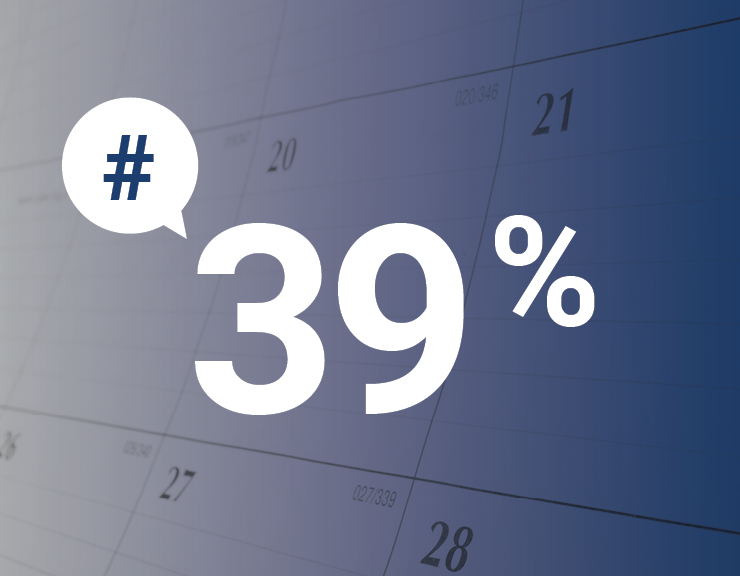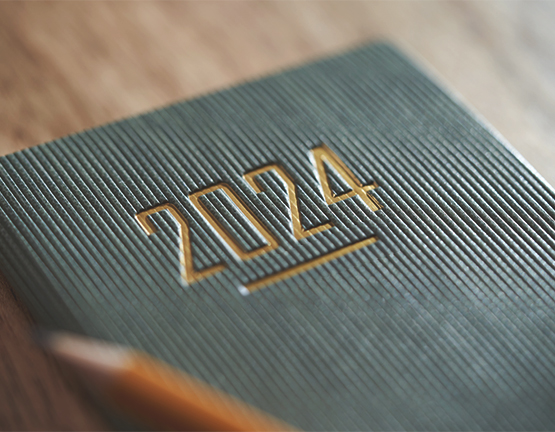In his budget of March 2019, Finance Minister Bill Morneau announced two significant measures aimed at facilitating access to homeownership in response to soaring house prices in several markets across the country.
The first of these involves important changes to the Home Buyers’ Plan, commonly known as the HBP, while the second is a completely new program: the First-Time Home Buyer Incentive. If you happen to be considering homeownership, these two programs might get you noticeably closer to your goal.
Measure 1: an updated HBP
The Home Buyers’ Plan is a federal program created in 1992 that allows people buying a first home to “borrow” money from their RRSP to use as a down payment. They then have 15 years to pay the money back into their RRSP.
Initially, the HBP could only be used to purchase one’s very first home. Since 1999, it is possible to “requalify” as a first-time home buyer if you meet certain conditions. As well, the maximum eligible withdrawal was $20,000 when the program started, but was increased to $25,000 in 2009.
These are the two provisions that the federal government is about to revise again.
What has changed
The following chart summarizes the changes to the HBP.
As we can see, since last March 19, it has been possible to use up to $35,000 from an RRSP under the HBP. But the main change, which will take effect in 2020, concerns the eligibility conditions.
- They have been living apart from their spouse or common-law partner for at least 90 days due to a breakdown in their relationship;
- They own and occupy a home that is their principal place of residence but:
- it is not the home they intend to acquire and they sell it within a certain time frame;
- they acquire their “ex’s” interest in the home within a certain time frame;
3. they have a new spouse or common-law partner, and this person does not own and occupy a home that is the individual’s principal place of residence.
Measure 2: the First-Time Home Buyer Incentive
Other measures to keep in mind
Les sources suivantes ont été utilisées dans la rédaction de cet article.
Chaire en fiscalité et en finances publiques de l’Université de Sherbrooke, « Régime d’accession à la propriété ».
Financial Post « Ottawa raised the Home Buyers' Plan limit to $35,000 — here's how to take advantage of it ».
Gouvernement du Canada, « Régime d’accession à la propriété (RAP) » ; « Incitatif à l’achat d’une première propriété » ; « Le budget de 2019 ».
Société canadienne d’hypothèques et de logement, « L’incitatif à l’achat d’une première propriété » ; « Programmes gouvernementaux pour les acheteurs d’habitations ».




